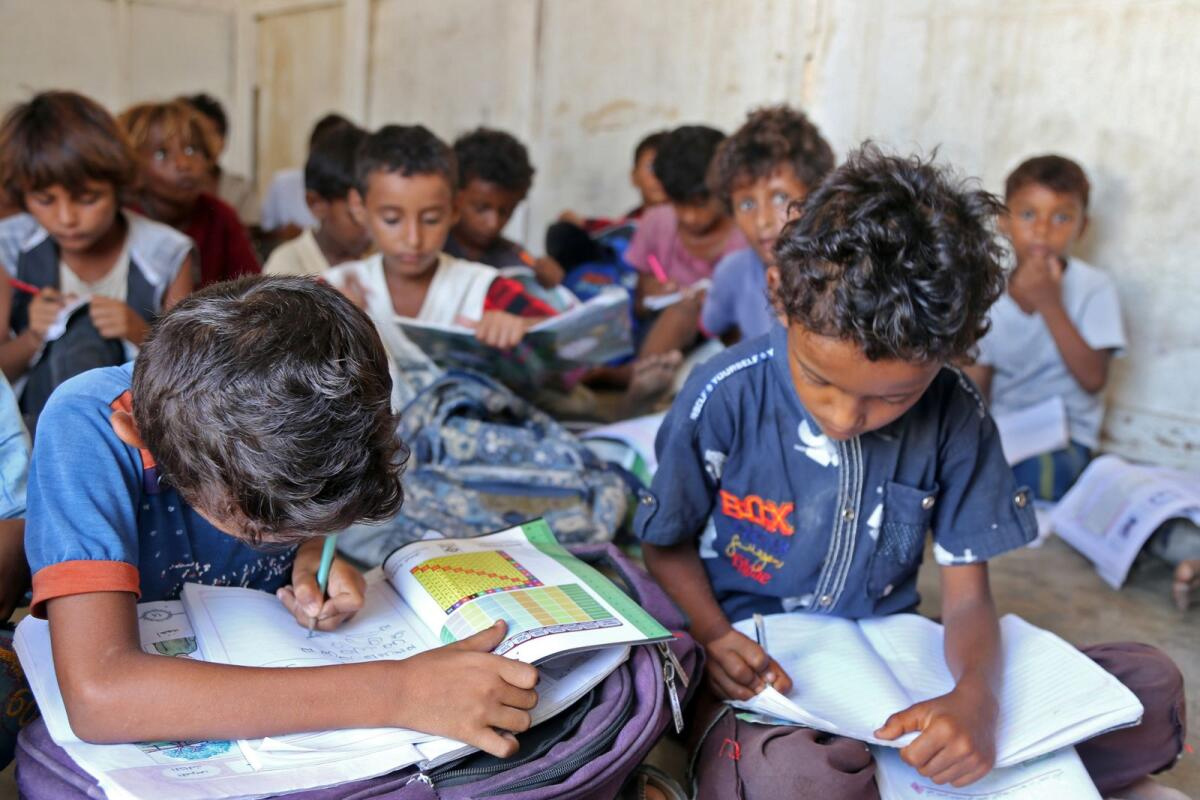Hello from Row of Hearts Foundation! We are excited to be entering the new 2019…

Poverty: The Major Predictor
Children who come from low-income families are much less likely to transition successfully into adulthood. A study by the US Department of Health and Human Services (DHHS) analyzed census data from 2008 and found that household income dramatically impacts youth outcomes. Youth from low-income families are more likely to be teen mothers, engage in gang activity and delinquent behaviors, and are less likely to graduate from a 4-year college than are youth from middle-income and high-income families.
Poverty is a huge risk factor for children, and unfortunately, it is all too common. According to a report compiled by the Office of Juvenile Justice and Delinquency Prevention (OJJDP), over 20% of children lived in poverty in 2010. Minority children are more likely to be living in poverty, and, therefore, more likely to be at risk. Unfortunately, the DHHS survey found increased delinquency, teen pregnancy, and dropout rates among minorities. For example, nearly one in three Hispanic children and one in three black children live in poverty, or below the federal poverty line, compared to only one in ten white children.



